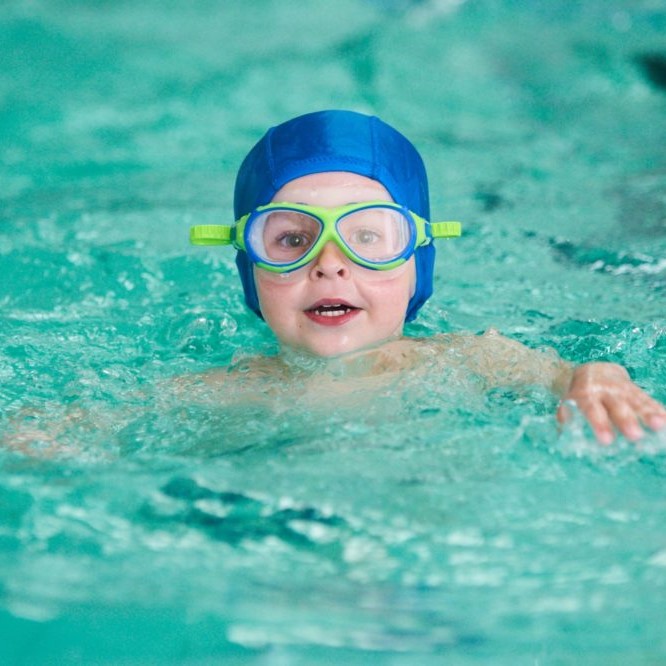Your cart is currently empty!
Benefits of Swimming
*Did you know that 41% of children and 17.4% of adults go swimming each year in the United States? This makes swimming the third most popular sport in the United States today. When you include activities that require some level of aquatic safety training such as S.C.U.B.A., surfing, snorkeling, Water Polo, synchronized swimming, jet skiing and paddle boarding (all very popular sports in the Southern California area), swimming becomes the one sport that leads to more recreational and competitive activities than any other.
Drowning Statistics
*All statistics provided by the CDC (www.CDC.gov)

Research
Researchers have reported that infant/toddler swimming lessons can and will increase physical, emotional, and social growth. The weightless environment provides a perfect environment for freedom of movement that is not possible in any other physical activity.
Cognitive development is increased due to the greater amount of stimulation uniquely offered through swim lessons. We have found that infants and toddlers who are in swim lessons routinely reach developmental milestones at younger ages and with greater proficiency than the national averages project. This also holds true for children 12 months and older. The effects of swim lessons for older children vary from increased levels of motor development (both gross and fine), and coordination to greater confidence and levels of concentration in school studies as well as other sports.
HOW BIG IS THE PROBLEM?
Since 2005, there has been an average of 3,536 fatal unintentional drownings (non-boating related) in the United States every year. That averages ten deaths per day. An additional 332 people died from drowning in boating-related incidents.
More than one in five people who die from drowning are children 14 and younger. For every child who dies from drowning, another five received emergency department care for nonfatal submersion injuries.
More than 50% of drowning victims treated in emergency departments require hospitalization or transfer for higher levels of care (compared to a hospitalization rate of 6% for all unintentional injuries). These injuries can be severe.
Nonfatal drownings can cause brain damage that may result in long-term disabilities including memory problems, learning disabilities, and permanent loss of basic functioning (e.g., permanent vegetative state).
Children: Children ages 1 to 4 have the highest drowning rates. In 2014, among children 1 to 4 years old who died from an unintentional injury, ONE THIRD died from drowning. Fatal drowning remains the second-leading cause of unintentional injury-related death for children ages 1 to 14 years.




